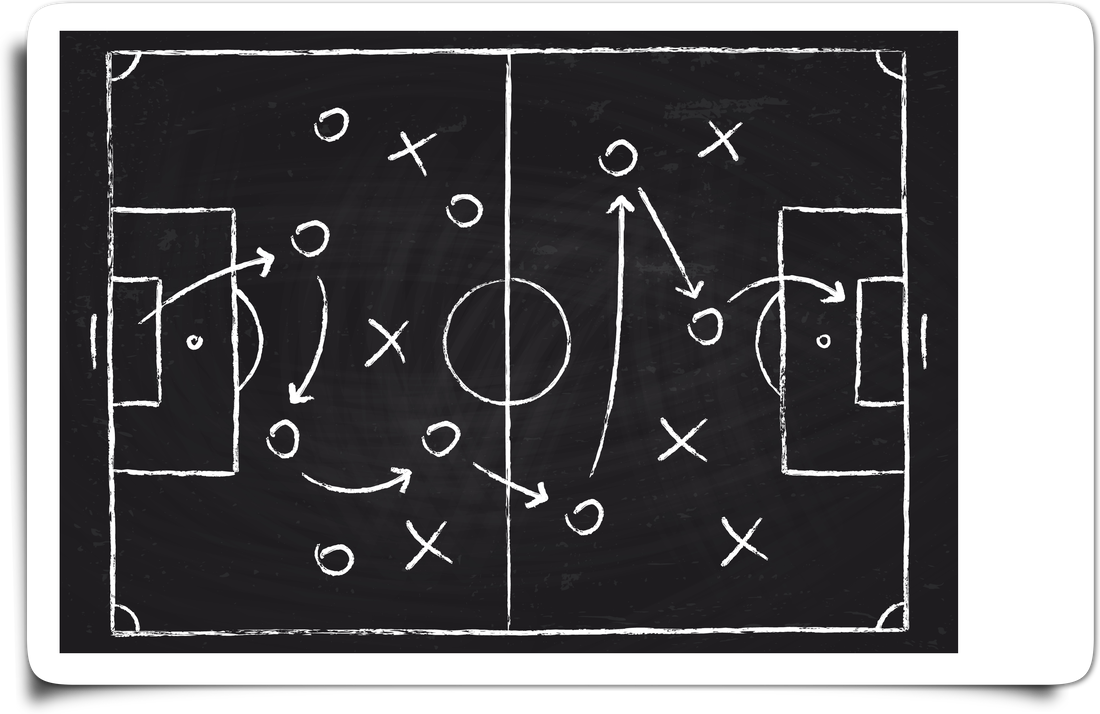|
We think the shift from pipes to platforms is the most important business shift so far this century for one very simple reason: platform businesses disrupt and dominate vast industries within a few years of launch. Last century, in order to scale a business had to owns the means of production: to get bigger they had to scale internally. In the 21st century, that’s changed. The fastest growing and most valuable companies in the word today scale externally. The difference between pipes and platforms is that instead of creating the supply and selling it downstream to consumers, platforms don’t own the means of production. Instead they are like marketplaces: they provide the infrastructure, the space, the place for producers to sell to consumers. The pioneers of this platform model are:
Rather than to produce, these companies are platforms for other producers to sell to consumers. New ways to create and capture value Platforms capture value in a new way: they’re the mechanism making the exchange of value between the producers and consumers (of value) as friction-free as possible. Why is this happening today? The trends driving the adoption of platforms are:
Interactions first Successful platform businesses are interaction-first businesses: the most important thing they do is make the interaction between the producer and consumer as frictionless as possible. Designing the Platform around The Core Interaction The Core Interaction is the most important aspect of a platform and all design decisions should ensure the repeatability and sustainability of the core interaction. The idea is to design for the core interaction first then lay out the other interactions, or edge interactions. Then think about the Core Value Unit (Who, what, where, when, how good (and who says how good it is). In the uber example that would be the following: The Ride contains the key data to make the interaction happen:
Questions to ask while designing The Core Interaction
Questions to ask while designing The Core Value Unit
Supply-side relationship is key Platforms Open, Participatory, they’re built for Plug & Play: it’s key that it’s easy for suppliers to plug-in to them. And they need to keep Pulling in the suppliers. So, how can you design “pull”? How can you get suppliers to willingly, regularly produce core value units? Supplier relationship management — you could call it community management — becomes key. (To be continued) Let me know what you think!
DM me @philippemora on IG and Twitter My name's phil mora and I blog about the things I love: fitness, hacking work, tech and anything holistic. Head of Digital Product thinker, doer, designer, coder, leader
0 Comments
|
Head of Product in Colorado. travel 🚀 work 🌵 weights 🍔 music 💪🏻 rocky mountains, tech and dogs 🐾Categories
All
|


 RSS Feed
RSS Feed